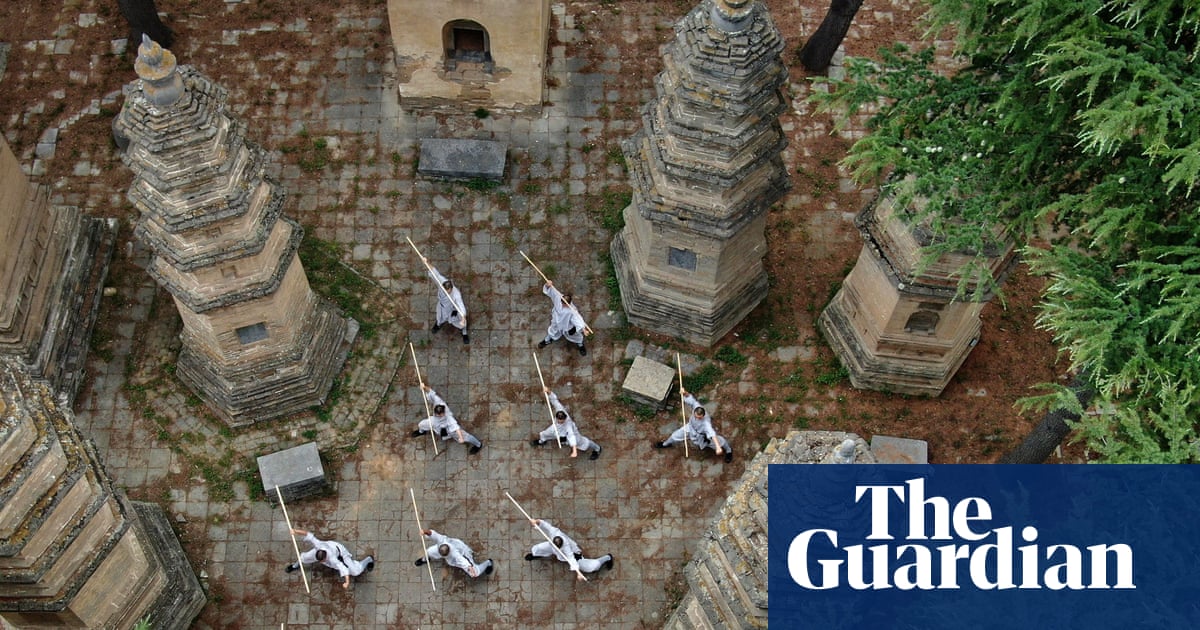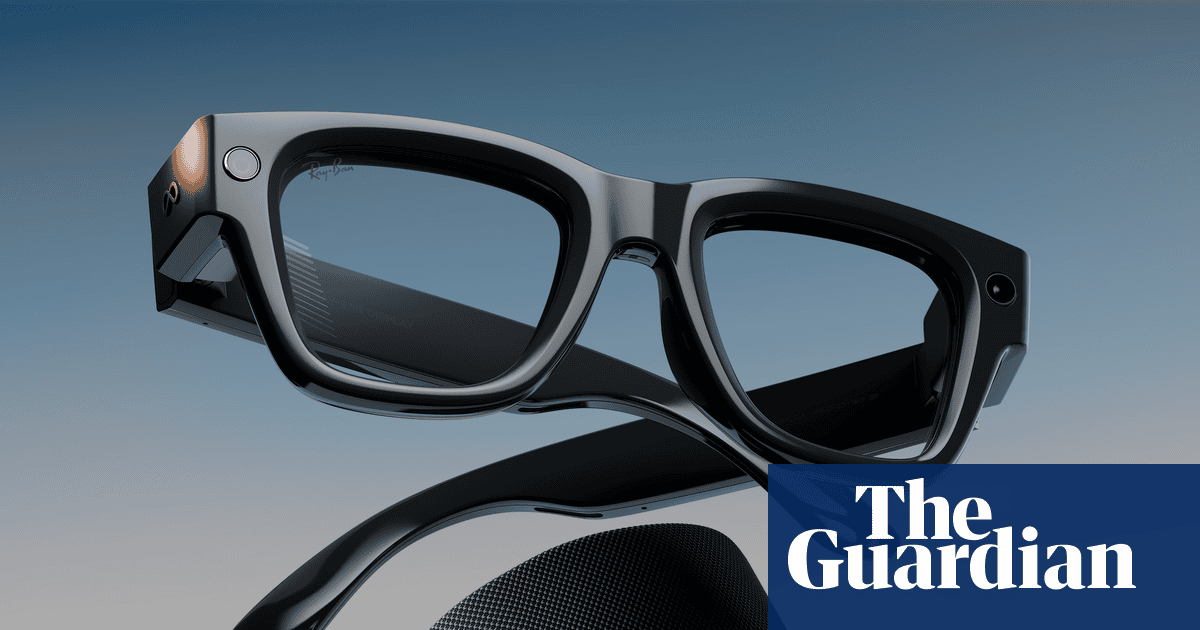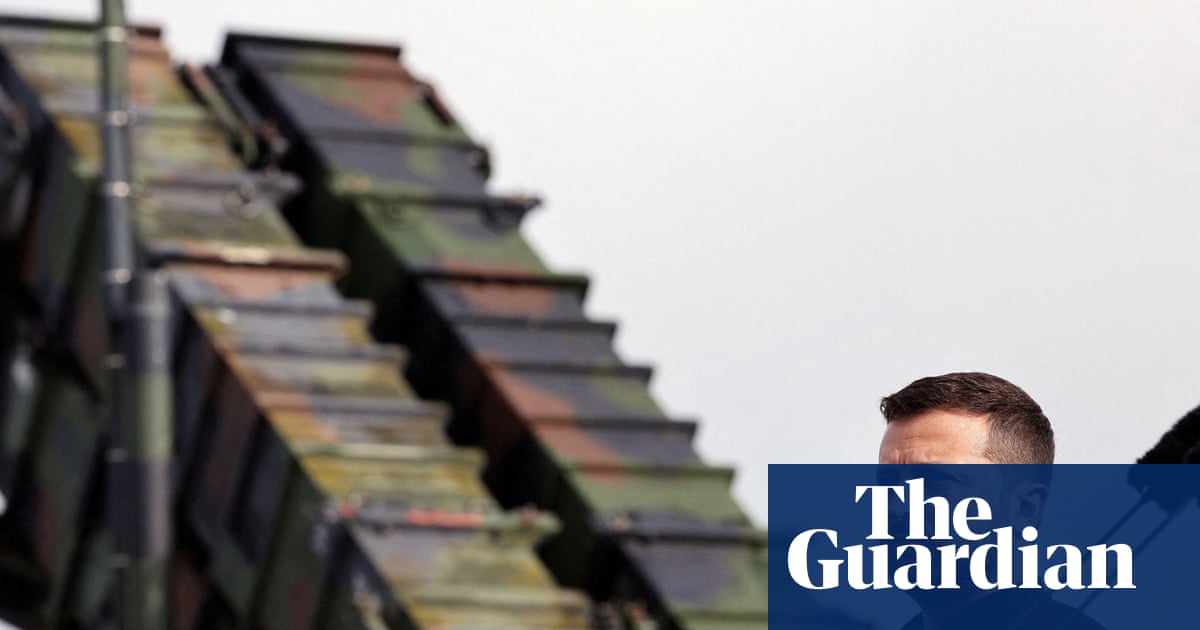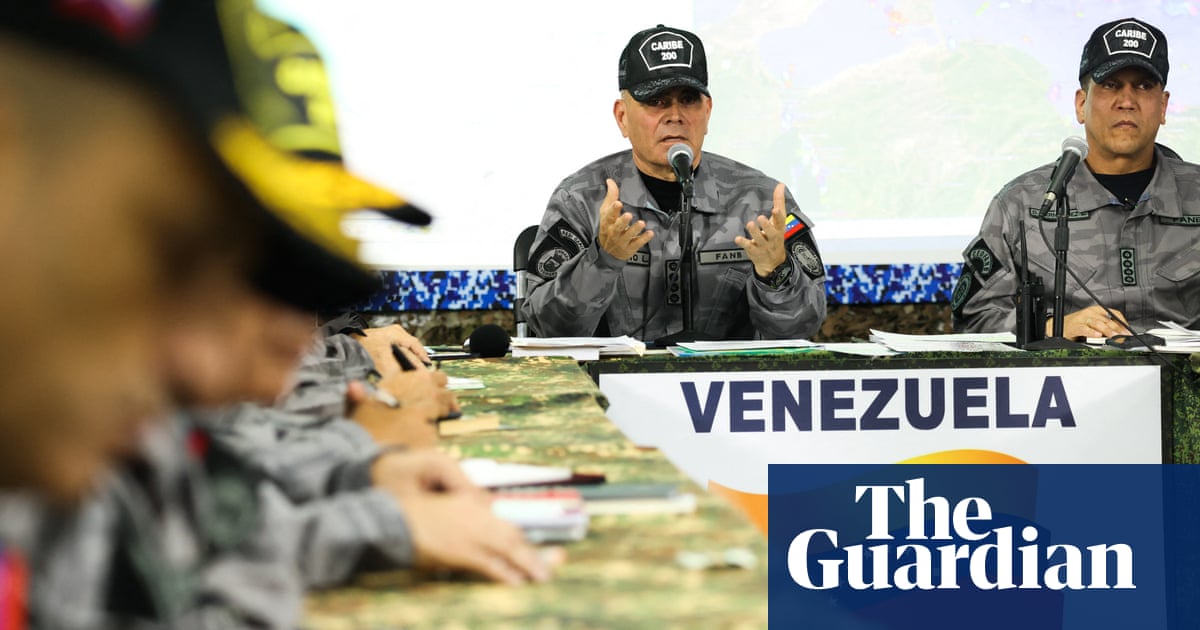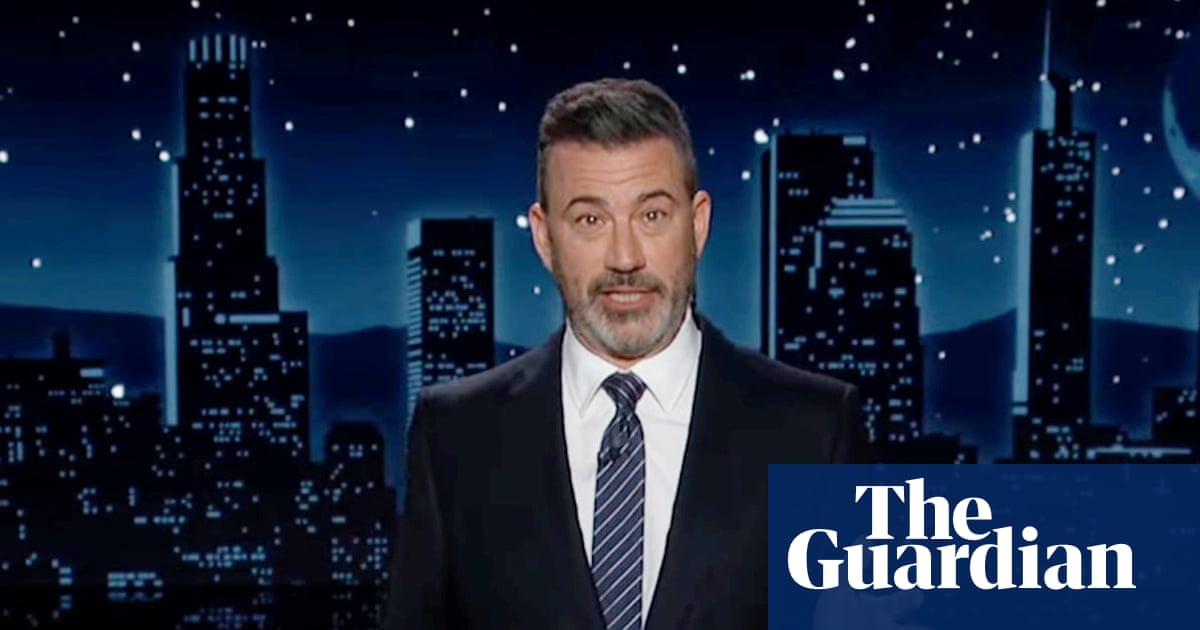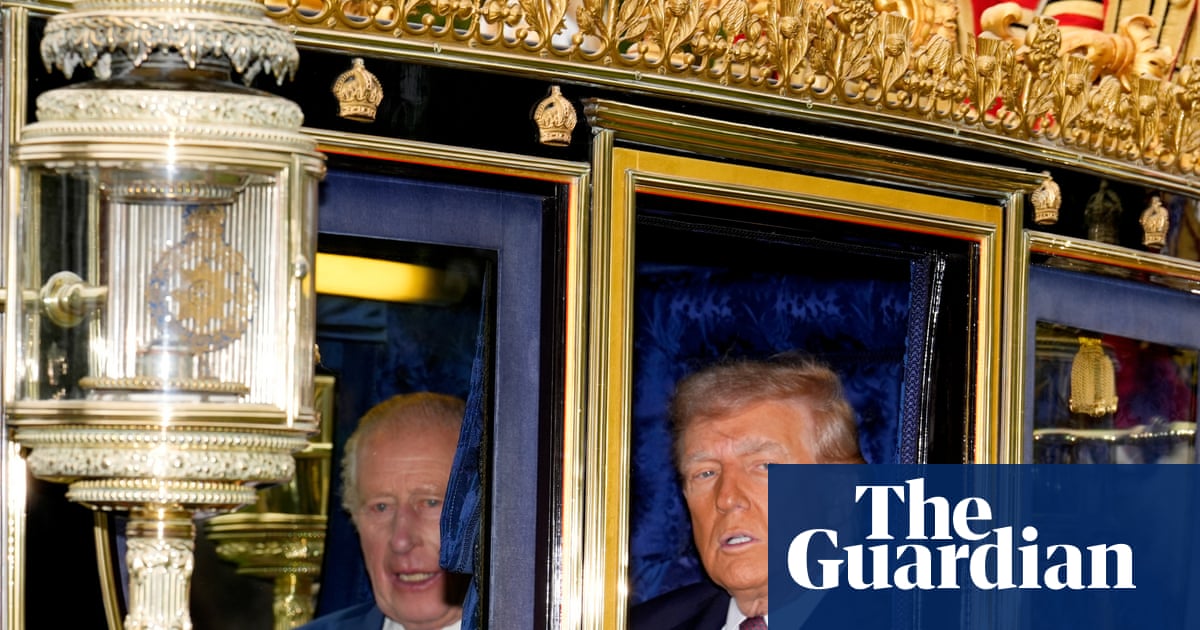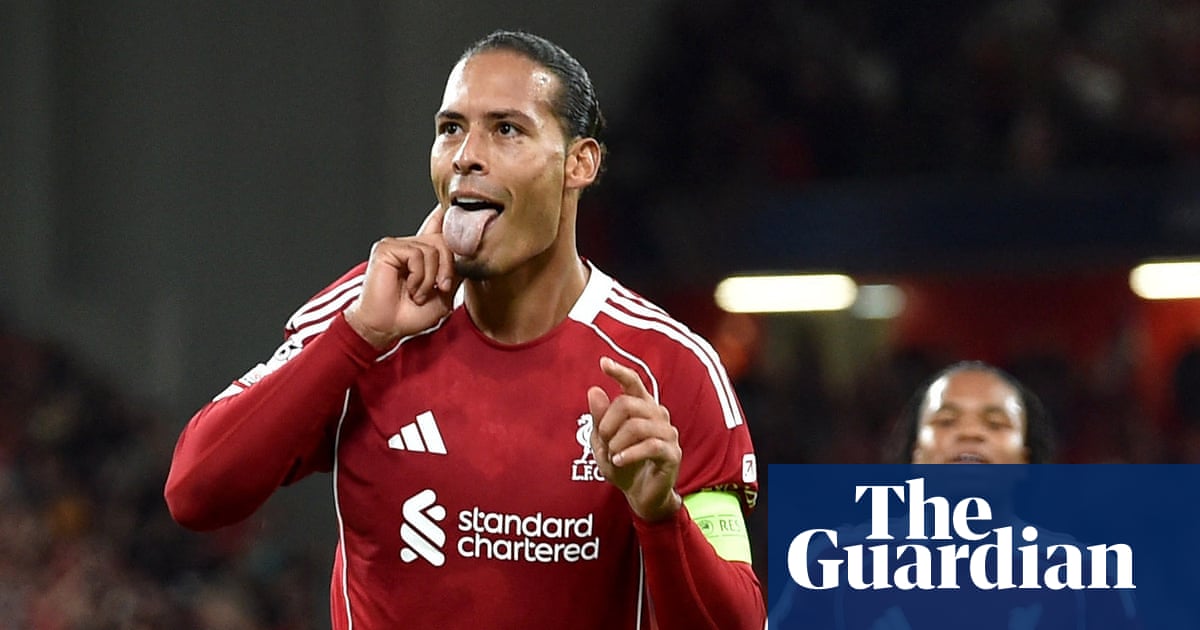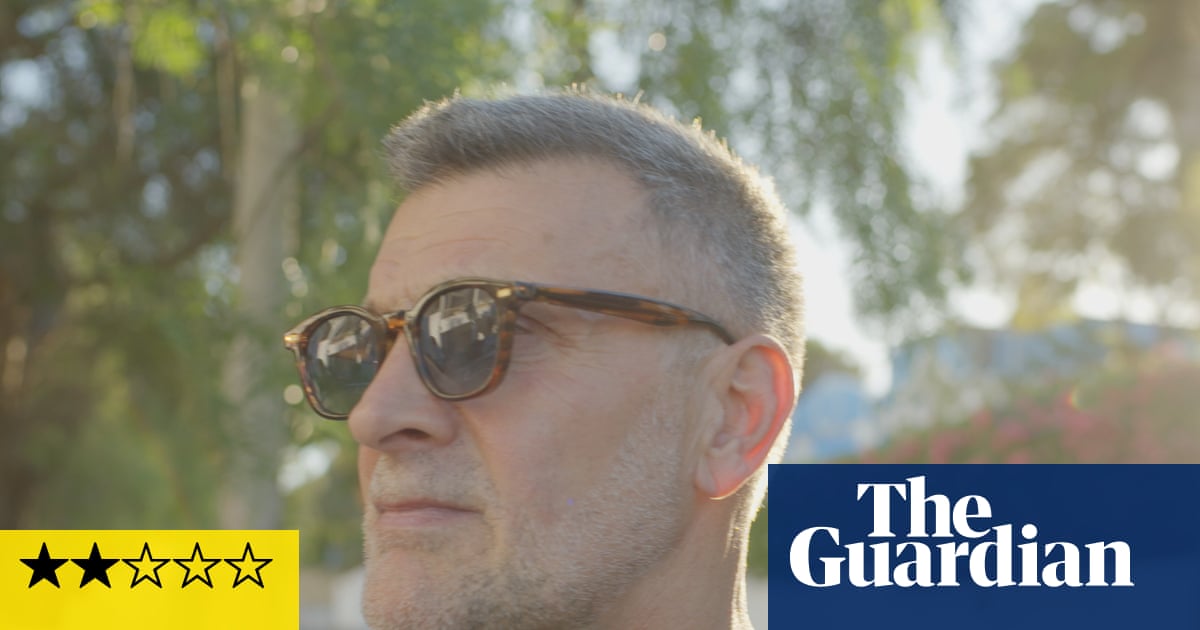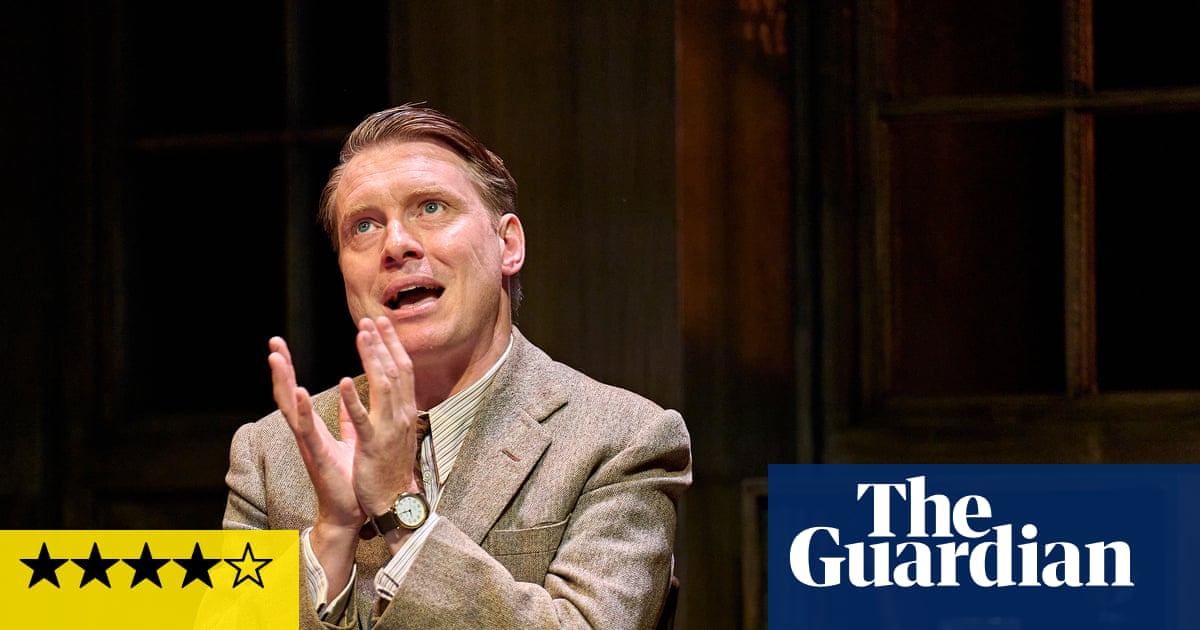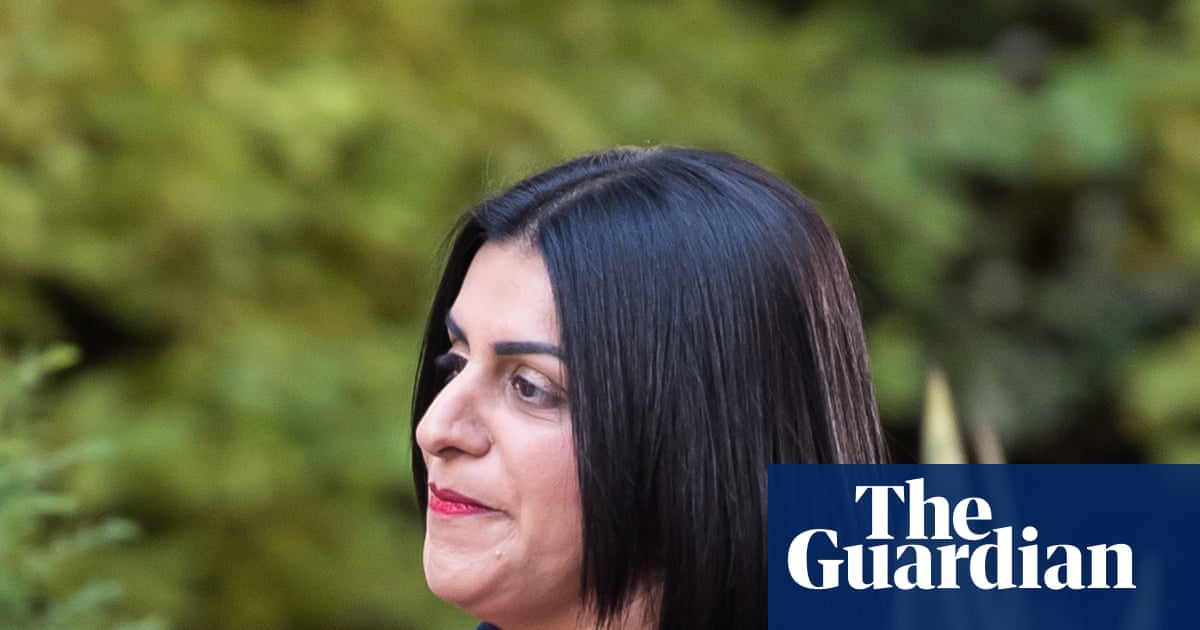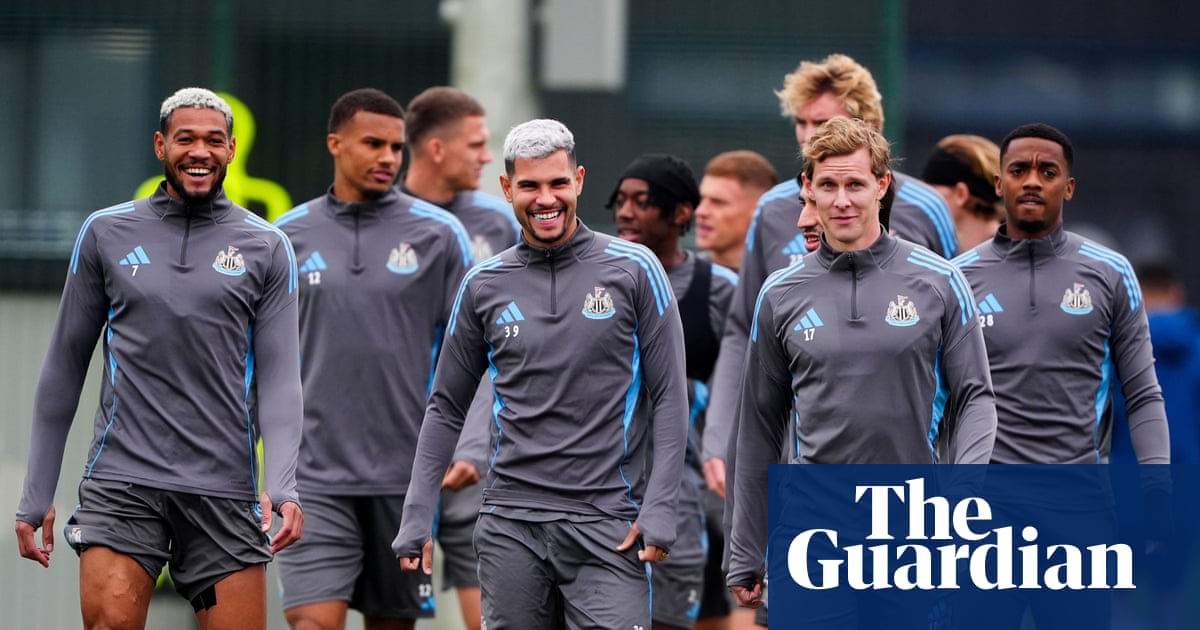Mission: Impossible
Mission: Impossible’s slick and sensuous surface bears no trace of the drama behind the scenes making it. During production, the screenwriters of Jurassic Park (David Koepp) and Chinatown (Robert Towne) sent in duelling script pages for director Brian De Palma and producer Tom Cruise to wrestle over. The magnificent outcome is an intense tango between the modern blockbuster and a classic film noir, circling each other warily, and beautifully, like no Mission: Impossible that would follow. De Palma’s original is a sexy wrong-man thriller, a Hitchcockian affair that comes disguised as an action-heavy corporate product (or maybe the mask is worn the other way around?). In it, Cruise’s coiled IMF agent, framed for the murder of his entire team and surrounded by slippery allies, is constantly trying to play it cool through the plot’s knotty parlor games, all while feeling the noose tightening around him. If Cruise’s career up to this point was all about often leaving his relaxed boyish middle-American charm on the surface, Mission: Impossible pushed him to try on layers – not just the latex ones – while also pulling off those incredible high-wire stunts, which would only escalate but never improve on the hair-raising tension the first time out. Radheyan Simonpillai
Mission: Impossible 2
By film two, Ethan Hunt is still sort of a blank-slate action man – but John Woo’s take on M:I stands out simply by having the highest iconic-moment-per-minute ratio in the entire series. Cruise first appears on the screen free-soloing a mountain and takes delivery of his mission in the form of a set of rocket-delivered exploding sunglasses: then it’s straight into the motorbike duels, rubber masks and capoeira kicks, with barely a pause for breath. There is a scene in this film where Tom Cruise flawlessly impersonates a man who is three inches taller than him. There is a stunt where Dougray Scott was encouraged, by Cruise, to put his entire weight on a knife mere millimetres above the megastar’s eyeball, just for a cool closeup. The soundtrack is by Hans Zimmer and Limp Bizkit. It might be silly, and Thandiwe Newton described the shoot as “a nightmare”, but no other Impossible is as rewatchable, let alone as fun. Joel Snape
Mission: Impossible III
It’s almost impossible to overstate the importance of Mission: Impossible III. For the franchise it was key (the previous John Woo-directed installment remains a baffling mess), but for Cruise himself it was absolutely vital. The film was released right at his nadir. One year earlier, he had gone off the rails in public – leaping on Oprah’s couch, lambasting interviewers for being glib for asking questions about Scientology – and he was three months away from being temporarily sacked from Paramount by its boss, Sumner Redstone. But if Mission: Impossible III delivered, he’d still have a career left to salvage. Luckily it did. Later outings might have outdone it in terms of scale and spectacle, but M:I III was responsible for laying the table for those films. This was the first film where Ethan Hunt was an actual person, not just a smirking mannequin. It was also where we first met Benji, Simon Pegg’s superlative sidekick. The stunts had a pleasingly smashmouth quality (check out the way that Cruise is awkwardly flung against a car during an explosion). What’s more, in Philip Seymour Hoffman, we had the most intense villain of the franchise. Mission: Impossible III is a great film, but the most perfect thing about it is that it arrived just when Tom Cruise needed it most. Stuart Heritage
Mission: Impossible – Ghost Protocol
There isn’t really a bad Mission: Impossible sequel, a compliment one would be hard pressed paying to the majority of eight-film-strong franchises (the second, which many would pick, still possesses an aggressively, Limp Bizkit-y year 2000 charm for me). But the one that most effectively packages all of the expected elements is the fourth instalment, Ghost Protocol, which set the perfect blueprint for the latter chapters. Brad Bird might not have been the most stylish of Mission directors (De Palma he is not) but, with a background in animation, there’s both a buoyancy and a clarity to the unrelenting action, delivering some of the most thrillingly staged and paced action sequences in the series (has there been anything more exciting than Cruise climbing the Burj Khalifa?). There’s also something hilariously demented about Cruise responding to quibbles over his age or longevity in the role by offering us two potential replacements in Josh Holloway and Jeremy Renner and then killing one and emasculating the other. King behaviour, honestly. Benjamin Lee
Mission: Impossible – Rogue Nation
Eleven years after the release of Rogue Nation, it might look less like a highlight than a series turning point, when it switched from accidental director anthology to a long-term collaboration between writer-director Christopher McQuarrie and Tom Cruise. Rogue Nation was the first of four McQuarrie-directed Missions, and the practical, Cruise-endangering stunt work that became a series trademark was, by its nature, repeatedly topped by subsequent instalments. The opening, which merely has Cruise actually hanging on to the side of a real plane as it takes off, camera fixed on him to assure us that it’s not an illusion, now seems downright quaint. But as a spy caper featuring stunts (the airplane opener), break-ins (a spectacularly tricky underwater data breach during which Cruise’s Ethan Hunt literally dies), noir-ish intrigue (the gorgeous sequence at the Vienna Opera House and the shadowy climax recall both Hitchcock and The Third Man), and sheer blockbuster much-ness (the underwater break-in leads to a car chase which leads to a motorcycle chase), Rogue Nation is the series operating at top level. After many personnel shifts, it establishes a core team of Cruise, Simon Pegg, Ving Rhames and a stunning Rebecca Ferguson that will power much of the series going forward, and adds in a little extra Jeremy Renner, as a treat. The sequels are a lot of fun with plenty of indelible moments but the truth is, McQuarrie nailed it in one. Jesse Hassenger
Mission: Impossible – Fallout
Some people may cherish Mission: Impossible – Fallout for the glimpse it offers of Ethan’s longing for ex-wife Julia (Michelle Monaghan). But for most of us, the film’s appeal lies in the way it builds its terrifying vertical action sequences from a series of electric ups and downs in Paris and London to take the world to the brink of destruction as Ethan thrashes about in a chopper in Kashmir. Writer-director Christopher McQuarrie provides the kind of plot twists that would satisfy a silent serial without losing focus on Ethan’s route through the moral murk. The European road chases, stunts and perilous parkour have a dash of gritty style, even flashes of lightning, as the camera whips past landmark architecture, while a bathroom fight scene against bright white tile is amusingly inventive – plus there’s noir-chic in the low-lit scenes where expositions and betrayals unfold. But the film is best when it loses its cool, with Ethan trying to intercept the detonator to a nuclear bomb, via a monstrously improbable, breath-stoppingly tense helicopter battle in the mountains. Pamela Hutchinson
Mission: Impossible – Dead Reckoning
The penultimate Mission: Impossible is the best franchise instalment because it has the best stunt. But, as its Oscar nominations suggest (visual effects and sound design – the only two ever earned by the series), it is a stunt fuelled not just by Tom Cruise’s kamikaze bravado but by good ol’ VFX and some incredible metal groaning on the soundtrack. It’s the film’s climax. We’re on a gorgeous, posh, blue-and-gold runaway steam train. There’s the obligatory knife fight on the roof and a precisely timed leap to liberty by the baddie, but that’s just the start. A viaduct ahead is blown up, and – just in time – Cruise and Hayley Atwell manage to disengage the engine, which crashes spectacularly into a ravine, per Back to the Future III. They did actually crash a steam train for this, in Derbyshire, where it caused a bit of a stir. But then – then! – our hero and heroine must leap through the next few carriages as they, too, grindingly slide off the edge of the track and hang for a few moments before the couplers fail and the valley awaits. There’s the kitchen car (soup, peppers, gas hob), the dining carriage (crockery, flames, chairs) and, most perilous of all, the cocktail bar (grand piano). It’s like The Poseidon Adventure in super-speed miniature, a Buster Keaton upside-down nightmare and the most fabulous thing ever. Catherine Shoard

 3 months ago
130
3 months ago
130
